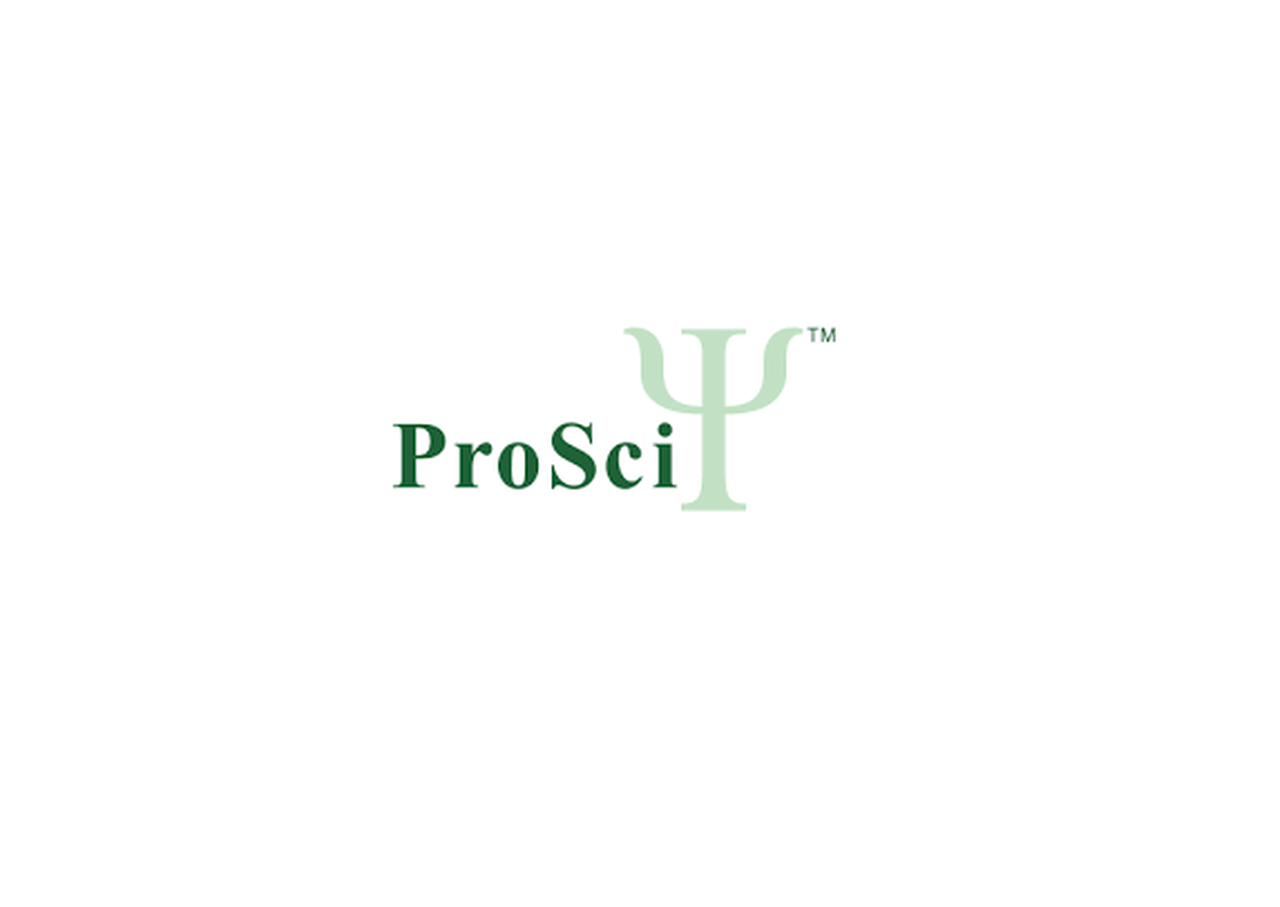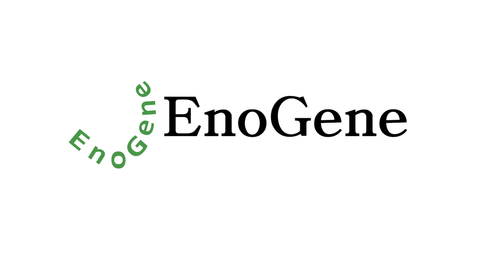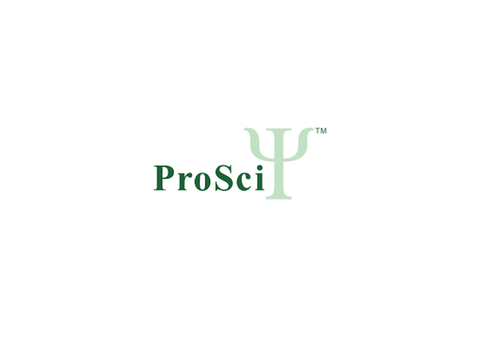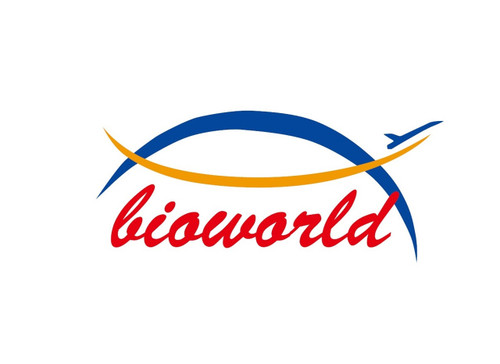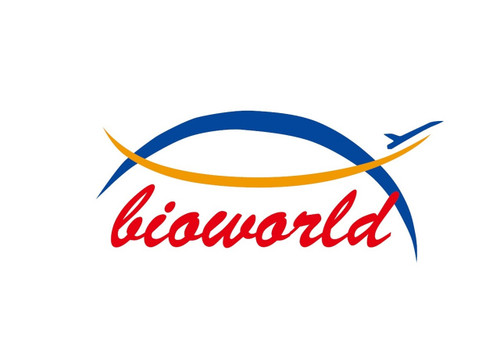Product Description
NR2C2 Antibody | 25-422 | ProSci
Host: Rabbit
Reactivity: Human
Homology: N/A
Immunogen: Antibody produced in rabbits immunized with a synthetic peptide corresponding a region of human NR2C2.
Research Area: Transcription, Signal Transduction, Neuroscience
Tested Application: E, WB
Application: NR2C2 antibody can be used for detection of NR2C2 by ELISA at 1:312500. NR2C2 antibody can be used for detection of NR2C2 by western blot at 1 μg/mL, and HRP conjugated secondary antibody should be diluted 1:50, 000 - 100, 000.
Specificiy: N/A
Positive Control 1: Cat. No. XBL-10123 - Fetal Brain Tissue Lysate
Positive Control 2: N/A
Positive Control 3: N/A
Positive Control 4: N/A
Positive Control 5: N/A
Positive Control 6: N/A
Molecular Weight: 67 kDa
Validation: N/A
Isoform: N/A
Purification: Antibody is purified by peptide affinity chromatography method.
Clonality: Polyclonal
Clone: N/A
Isotype: N/A
Conjugate: Unconjugated
Physical State: Liquid
Buffer: Purified antibody supplied in 1x PBS buffer with 0.09% (w/v) sodium azide and 2% sucrose.
Concentration: batch dependent
Storage Condition: For short periods of storage (days) store at 4˚C. For longer periods of storage, store NR2C2 antibody at -20˚C. As with any antibody avoid repeat freeze-thaw cycles.
Alternate Name: NR2C2, TAK1, TR2R1, TR4, hTAK1
User Note: Optimal dilutions for each application to be determined by the researcher.
BACKGROUND: Members of the nuclear hormone receptor family, such as NR2C2, act as ligand-activated transcription factors. The proteins have an N-terminal transactivation domain, a central DNA-binding domain with 2 zinc fingers, and a ligand-binding domain at the C terminus. The activated receptor/ligand complex is translocated to the nucleus where it binds to hormone response elements of target genes. Members of the nuclear hormone receptor family, such as NR2C2, act as ligand-activated transcription factors. The proteins have an N-terminal transactivation domain, a central DNA-binding domain with 2 zinc fingers, and a ligand-binding domain at the C terminus. The activated receptor/ligand complex is translocated to the nucleus where it binds to hormone response elements of target genes (Yoshikawa et al., 1996 [PubMed 8661150]) .
 Euro
Euro
 USD
USD
 British Pound
British Pound
 NULL
NULL

